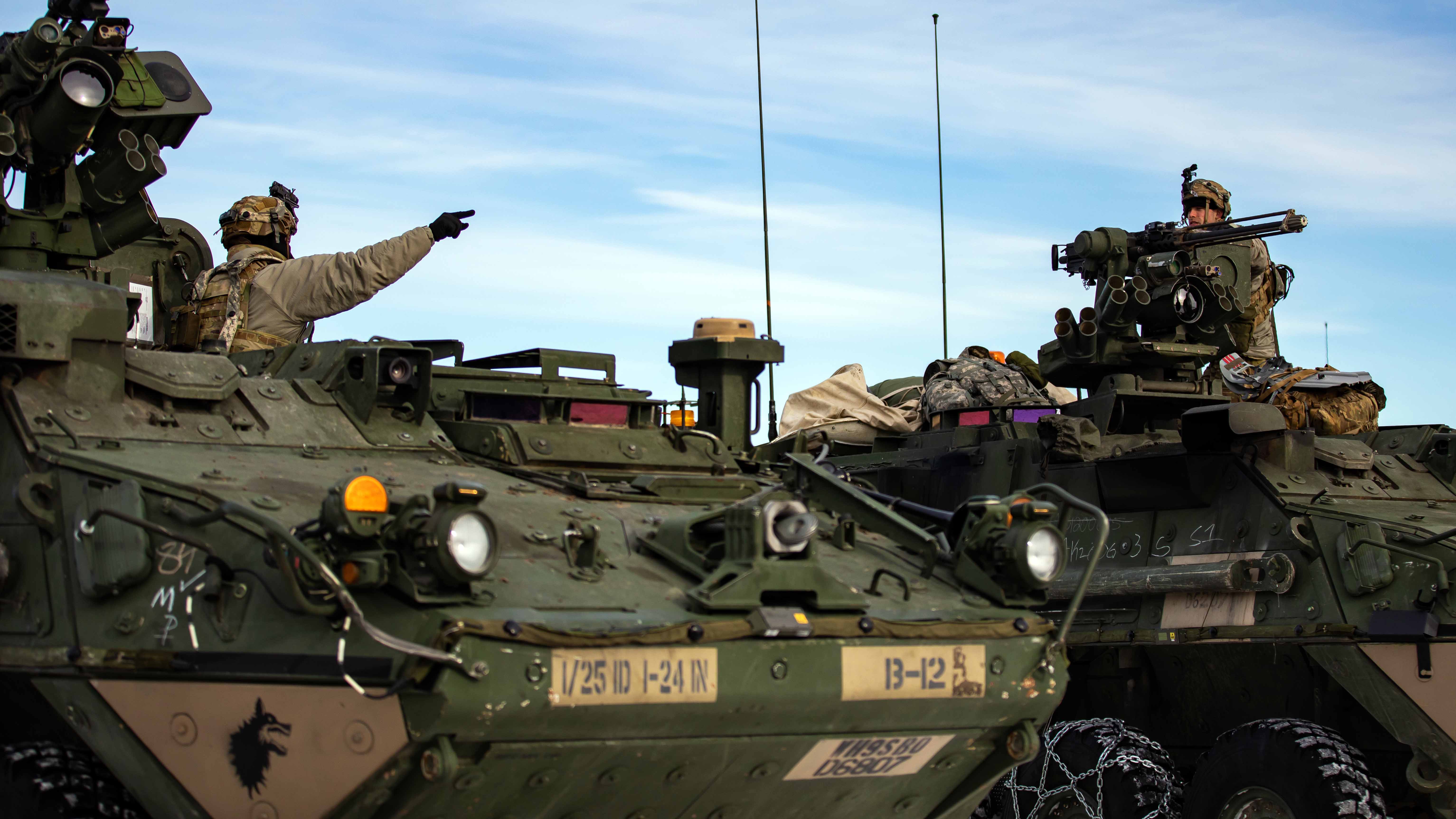Buzzard: Global Threats Drive Army Training
Buzzard: Global Threats Drive Army Training

A sense of urgency permeates the Maneuver Center of Excellence as it trains and prepares the Army’s maneuver force for the next fight, the center’s commander said.
“I fear that we’re a miscalculation away from combat in both the theaters, and folks leaving Fort Moore have to be ready,” said Maj. Gen. Curtis Buzzard, commanding general of the Maneuver Center of Excellence and Fort Moore, Georgia. “We don’t want to go that route, but the best way to deter is to be well-trained and well-equipped.”
Speaking earlier this year on a panel hosted by the Association of the U.S. Army, Buzzard said the Maneuver Center of Excellence is working closely with the Combined Arms Center and Army Futures Command to make sure it’s delivering the right training to the Army’s infantry and armor troops.
“It’s not all about the materiel piece. Some of the changes, as we look toward the future, is doctrinal based, force design updates, training changes,” Buzzard said.
These changes are even more critical as the Army prepares to bring online “a lot of new capabilities,” Buzzard said, including the Armored Multi-Purpose Vehicle, the Next Generation Squad Weapon and the M10 Booker Combat Vehicle.
These are “a lot of important maneuver initiatives,” but “they’ve got to be tied to how we fight,” Buzzard said.
As the Maneuver Center of Excellence looks at how it’s training the force, it must take into consideration the changing character and nature of war, Buzzard said. “There’s a fundamental shift right now in the character of war,” he said, citing the rise in manned and unmanned lethal fire, machine learning, robotics, artificial intelligence and an increasingly transparent battlefield.
The proliferation of unmanned aerial systems and the need to operate safely in the electromagnetic spectrum are the two biggest challenges, Buzzard said. “For the last 20 years, I didn’t have to look up, and I didn’t have to worry about how long I keyed the hand mic,” he said.
Now, soldiers must know how to defend against unmanned aerial systems at the tactical level. “Our soldiers can’t just look and wonder what that is,” Buzzard said. Instead, they must recognize the threat posed by these systems and that “an incredible amount of indirect fire is coming” and react accordingly, he said.
Soldiers also should be thinking about how they can employ unmanned aerial systems. “I want captains, lieutenants, flying them,” Buzzard said. “Our soldiers are so creative and innovative when we give them this type of technology.”
They also must be able to operate on a transparent battlefield, where the enemy can easily monitor their movements and locations. “We’re not conditioned right now to operate effectively on the radio,” Buzzard said. “Every time you key that hand mic, you’re giving yourself away.”
Are soldiers and units staying on the move? Are they using code words? “The last 20 years, we’ve probably learned some bad habits about operating in the electromagnetic spectrum,” Buzzard said.
“We’ve got to really think about how we train all this,” he said. “How do we train [Multi-Domain Operations]?”
Amid all this change, war remains a brutal contest of wills, Buzzard said “In the end, when all the technology fails and two people are staring at each other with guns, ours have to be better prepared … to lead through adversity and complexity,” he said.
The war in Ukraine has reinforced some “timeless lessons” about the fundamentals of fighting, Buzzard said. As an example, Russian forces struggled with combined arms operations, reinforcing the importance of making sure U.S. soldiers are trained on their bread-and-butter tasks, he said.
The horrors of the fighting have led to discussions about how to prepare soldiers for psychologically and physiologically as well, Buzzard said. “This is different, the amount of casualties you see,” he said.

